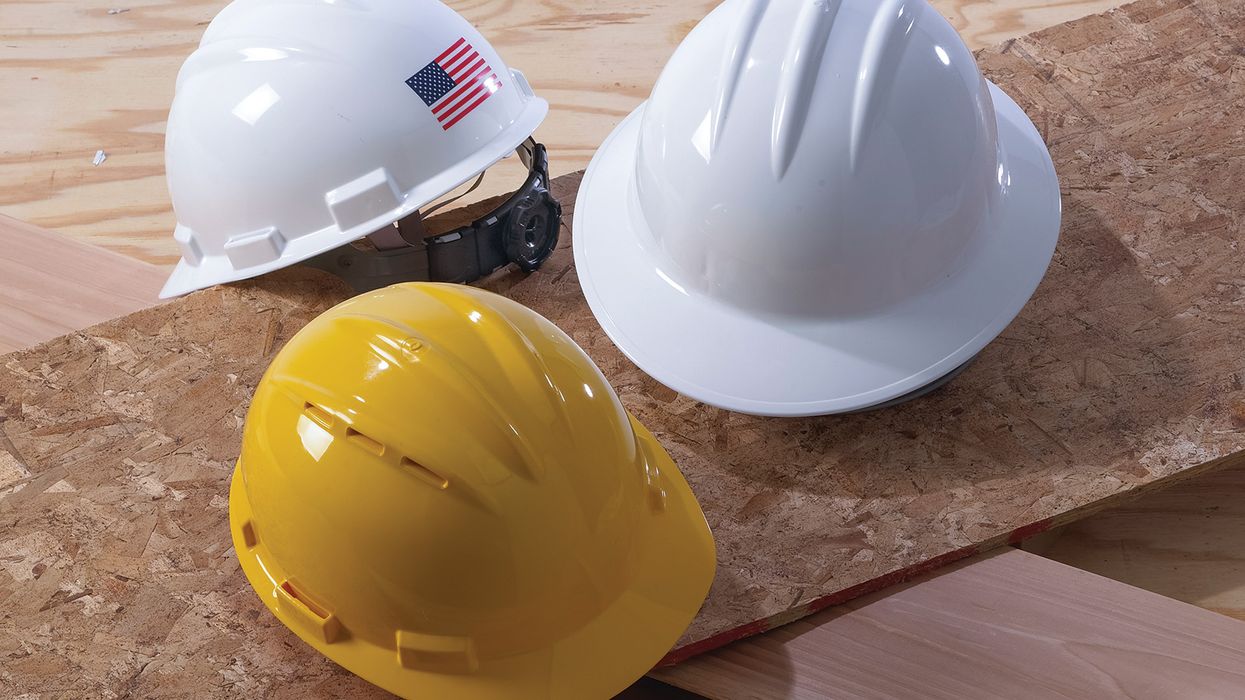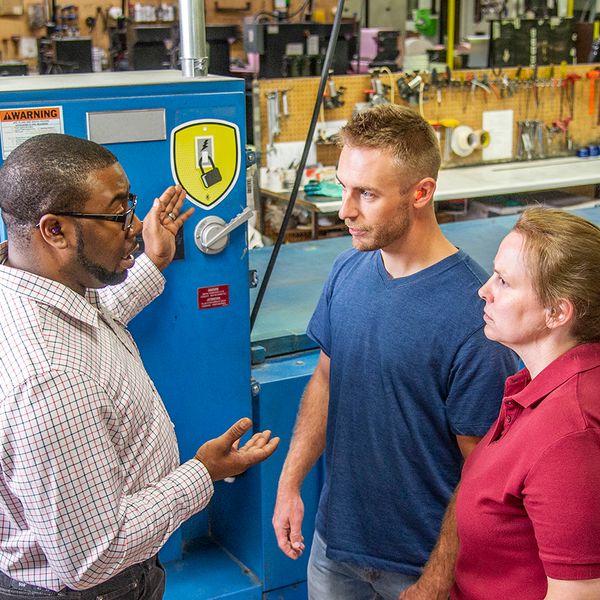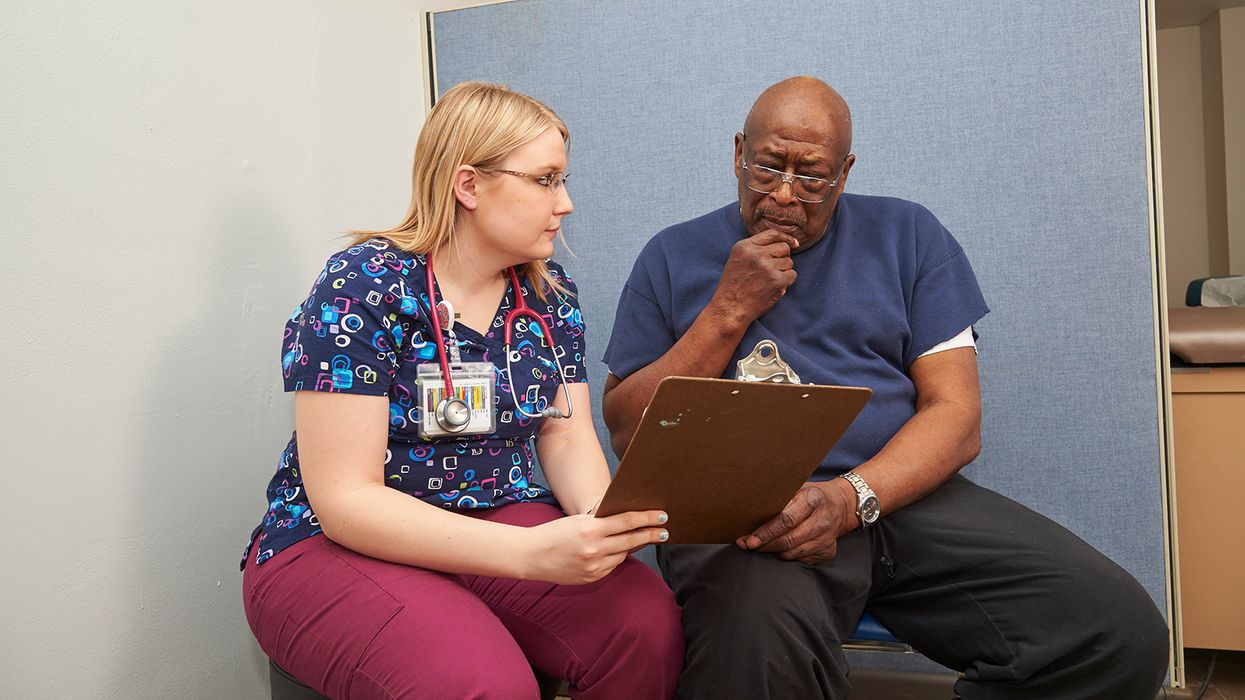Workers’ Memorial Day: Honoring lives and promoting safety
Workers’ Memorial Day, observed on April 28th, serves as a touching reminder of the lives lost due to workplace injuries and illnesses. This day highlights the critical need for robust safety measures, bringing to light the distressing statistics of thousands of workers who die each year.
These losses are not just numbers; they represent real people with families, dreams, and futures cut short, calling for a renewed commitment to improving safety practices across all workplaces.
Improving workplace safety: practical steps
In 2023, there were 5,283 fatal injuries in US workplaces. It is important for employers to ensure the safety of their workers and for workers to take responsibility for their own safety and that of their coworkers. Here are some practical steps to enhance workplace safety:
1. Conduct regular safety training
One of the most effective ways to improve workplace safety is through regular safety training. Educating employees about workplace hazards, proper procedures, and emergency actions is crucial. Ensure training sessions are engaging and interactive, allowing workers to ask questions and participate in discussions. Consider incorporating real-life scenarios, hands-on practice, emergency drills, and the use of props to make the training more impactful.
2. Encourage reporting of hazard and incidents
Create an open environment where workers feel comfortable reporting safety concerns. Encourage employees to speak up about potential hazards, incidents, or even near misses, without fear of retaliation. Implement anonymous reporting systems to support this. Be sure to consistently and regularly review and address reported hazards to demonstrate that safety concerns are taken seriously and acted upon promptly.
3. Effectively control hazards
Before resorting to personal protective equipment (PPE), it's crucial to control hazards using the hierarchy of controls. This systematic approach prioritizes hazard control methods based on their effectiveness:
- Elimination: Remove the hazard entirely from the workplace. This is the most effective control measure.
- Substitution: Replace the hazard with a less dangerous alternative. For instance, choose a less hazardous chemical or replace ceiling tiles with noise-reducing ones in loud work areas.
- Engineering controls: Design or modify equipment to reduce exposure to hazards. This can include ventilation systems or machine guards.
- Administrative controls: Implement policies and procedures to minimize risk. For example, rotate job assignments to reduce exposure time or offer task-specific training on safe work practices.
- PPE: Use protective gear as a last resort when other controls are not feasible or fully effective. PPE should complement other safety measures to ensure thorough protection.
4. Use PPE correctly
Make sure PPE is readily available, well-maintained, and suited to the specific risks of the job. It should fit workers properly to avoid entanglement in equipment or machinery and encourage its use. Regular inspections and training on the correct use of PPE can prevent many injuries. It's also important to foster a culture where wearing PPE is seen as standard practice rather than an inconvenience.
5. Build a Strong Safety Culture
A strong safety culture is the backbone of effective workplace safety. It involves the collective commitment of both employees and management to prioritize safety in every aspect of operations.
- Engage employees. When workers are actively involved in safety programs, they are more likely to adhere to safety protocols and contribute valuable insights. Encourage participation in safety committees, conduct regular safety meetings, and solicit feedback on safety practices. Recognize and reward employees who demonstrate a commitment to safety, fostering a sense of ownership and accountability.
- Strengthen management support. Leaders should visibly endorse and participate in safety initiatives. Allocate resources for safety training, equipment, and improvements. Establish clear safety policies and consistently enforce them. When management prioritizes safety, it sets a powerful example for the entire organization.
Key to remember: Workers’ Memorial Day is a solemn reminder of the importance of workplace safety. By conducting regular safety training, encouraging hazard reporting, controlling hazards and building a strong safety culture, organizations can work towards a safer future.



















































